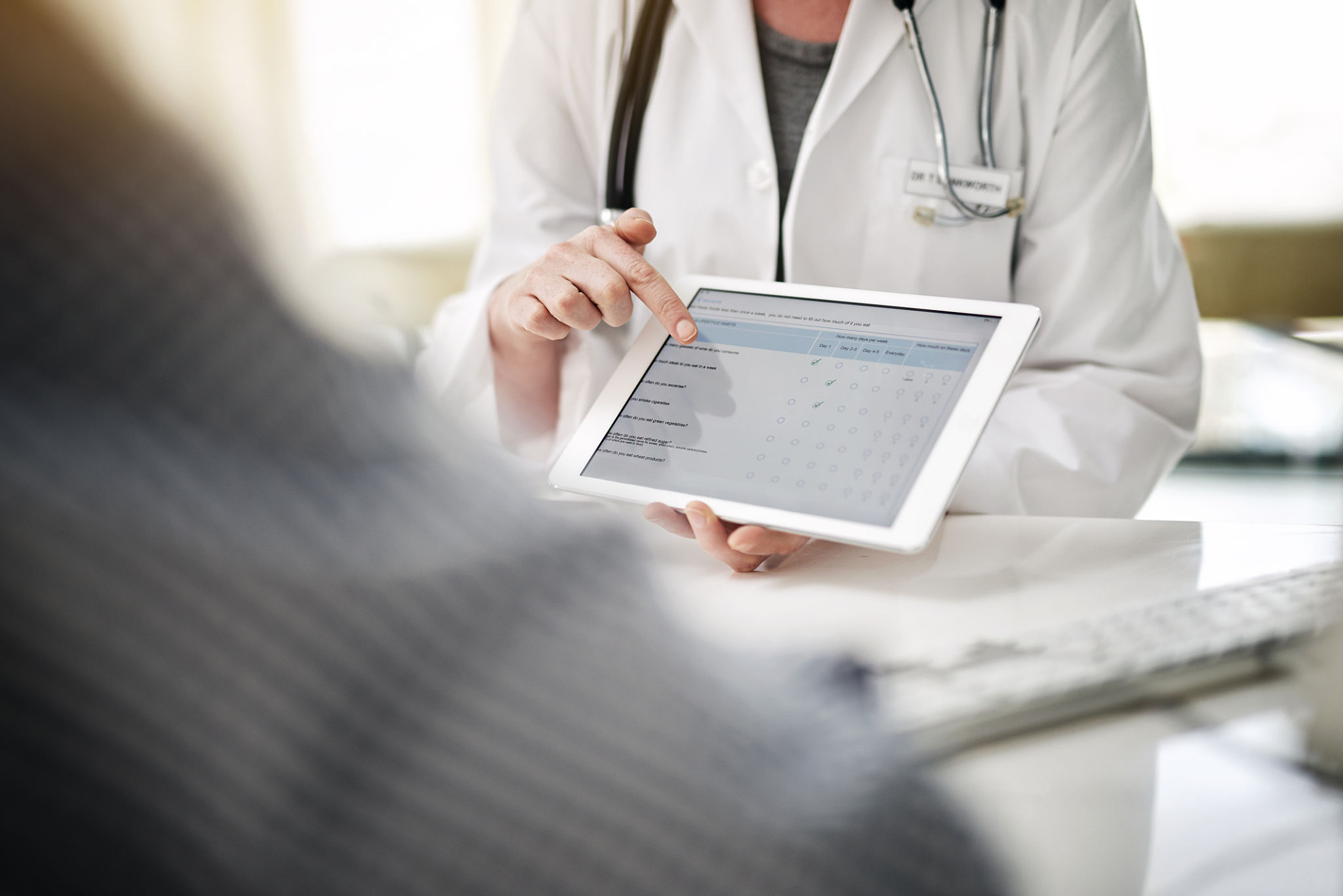A Comprehensive Guide to Preparing for Your Mobile Blood Draw Appointment
Understanding Mobile Blood Draw Appointments
Mobile blood draw services offer a convenient alternative to traditional clinic visits by allowing healthcare professionals to collect blood samples at your home or office. This option is particularly beneficial for individuals with mobility challenges, busy schedules, or those who prefer the comfort of their own space. Preparing for your mobile blood draw appointment properly can ensure a smooth and efficient process.
Before your appointment, it's crucial to understand what to expect. The healthcare professional will bring all necessary equipment to perform the blood draw. They will ensure that the procedure is done safely and hygienically, adhering to medical standards.

Scheduling and Preparing for the Appointment
Scheduling your mobile blood draw appointment is typically straightforward. Most providers offer online booking or a dedicated phone line for appointments. When scheduling, ensure you provide accurate information regarding your address, contact details, and any specific instructions for accessing your location. This helps the technician arrive prepared and on time.
To prepare for your appointment, follow any instructions provided by your doctor or the mobile phlebotomy service. This might include fasting for a certain period before the draw, which is common for tests like cholesterol checks. Fasting generally means avoiding food and drinks except water for a specified number of hours.

What to Do on the Day of the Appointment
On the day of your mobile blood draw, wear loose-fitting clothing with sleeves that can be easily rolled up. This makes it easier for the technician to access your arm. Ensure you are hydrated by drinking plenty of water beforehand, as this can make veins more visible and the blood draw easier.
Make sure the area where the blood draw will take place is clean and well-lit. Clear any clutter or obstacles that might impede the technician's access or setup of equipment. If possible, have a comfortable chair available where you can sit during the procedure.
During and After the Blood Draw
During the blood draw, try to relax and breathe normally. If you feel anxious or uncomfortable, let the technician know—they are trained to help put patients at ease. The procedure itself is typically quick and should not cause significant discomfort.

After the blood draw, follow any instructions provided by the technician. This might include applying pressure to the puncture site to stop bleeding or keeping your arm elevated. It's common to experience minor bruising or soreness at the site, which usually resolves quickly.
Post-Appointment Tips
Once the blood draw is complete, it's important to rest and rehydrate. Drink water and have a light snack if you were fasting prior to the test. Monitor how you feel throughout the day and contact your healthcare provider if you experience any unusual symptoms such as excessive bleeding or swelling at the puncture site.
Your results will typically be sent to your healthcare provider, who will then discuss them with you. Depending on your results, they might suggest further tests or changes to your treatment plan.

